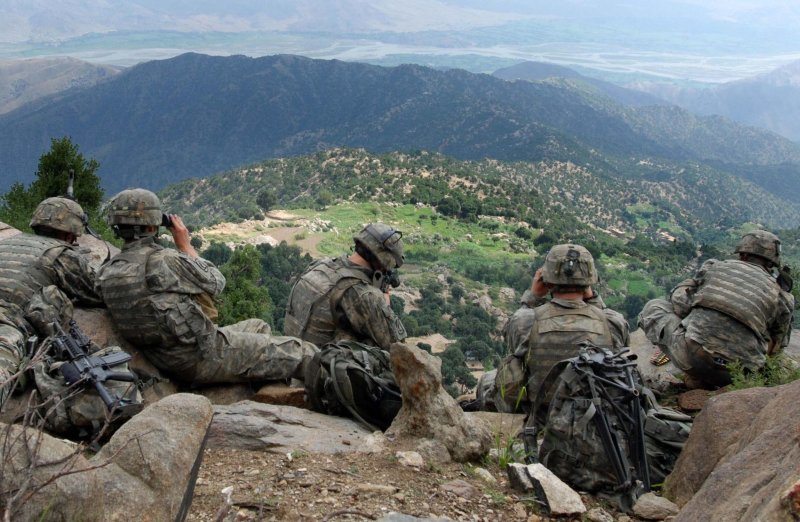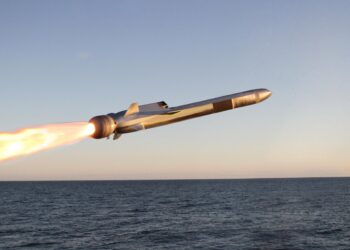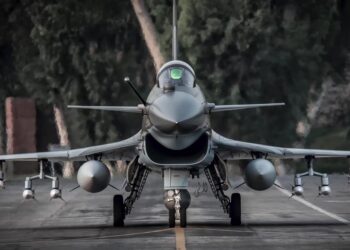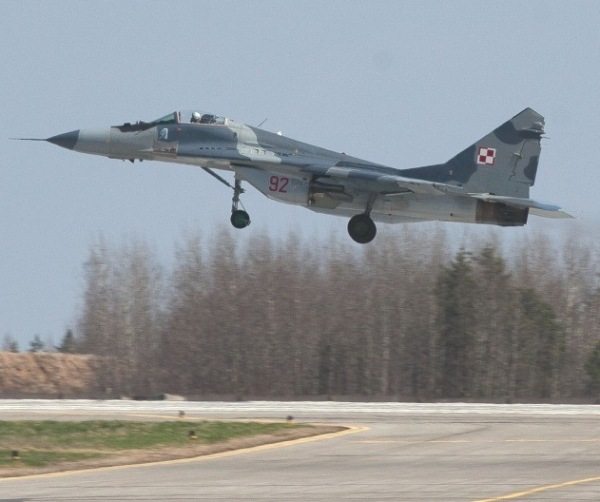Twice in just the past 15 years the U.S. government has made the decision to shrink the size of the Army. Under the Bush Administration the argument was that the real threat was from rising near-peer powers and regional adversaries empowered by advanced weapons technologies. Combatting these threats required investment in transformational capabilities that would allow the military to exert control over the air, seas and space. According to this paradigm, there was less need for land forces.
The Obama Administration came to office committed to ending the long and costly wars in Iraq and Afghanistan. But it went much farther, predicting in its Defense Strategy that in the future the nation would not need to conduct a large-scale, protracted stability operation. Based on these visions of the future, both Administrations felt safe deciding to cut the size of the Army.
In both instances, reality trumped theory. Within a year of President Bush taking office, the nation was under attack by an enemy it had failed to correctly anticipate and found itself fighting in a place almost no American could spell correctly. Having successfully ended the U.S. involvement in the Iraqi conflict, less than three years later the Obama Administration has deployed thousands of “advisors” back in that country, and U.S. Apache helicopters are conducting strikes just outside Baghdad attempting to stem the insurgents’ advance.
There is nothing new in this phenomenon. After every major conflict over the past 70 years, the nation’s leaders have decided that they see no future for conflicts and challenges involving a major land component. Over and over again, they have been proven wrong. As a consequence, time after time the Department of Defense has been required to undergo the costly and lengthy consuming process of rebuilding the land forces that were allowed to deteriorate. Too often, the Army has been required to throw inadequately trained and prepared ground forces in insufficient numbers into these foreign conflicts in order to stave off defeat and buy the time necessary to build and deploy a capable Joint Force.
The Army is proposing that we not make the same mistake again. In its newly-released U.S. Army Operating Concept (AOC), Win in a Complex World, the Army makes a strong case for maintaining a robust force, one capable of engaging in the full spectrum of potential operations, serving as the foundation for the Joint Force, deploying regionally in peacetime in order to shape overseas environments and deter conflicts and, finally, prepared and sized to fight and win wars on the ground. Those hostile to a strong U.S. military or fearful of oversees entanglements fail to appreciate that a relatively large, active and engaged Army can reduce the likelihood of conflicts. The AOC argues that the purpose of military power is to achieve favorable political outcomes, not merely to fight wars. An Army strong both quantitatively and qualitatively contributes to this purpose by shaping security environments, reassuring partners, and deterring aggression.
The AOC also stresses the point that the pace of international events, what it calls the velocity of human interactions,” is increasing. This makes anticipating and responding to challenges and threats more difficult. Just remember that just last February ISIS was the JV team; nine months later it threatened the peace of the region and has to be destroyed. Six months ago, Ebola was a rare disease in far off West Africa; now the U.S. is deploying four thousand soldiers and a division headquarters to that part of the world to combat an epidemic that has reached our shores. Russia’s seizure of Crimea and war against Ukraine made it necessary for the Army to consider sending forces back to Europe. These events underscore the reality that it is impossible to say with any certainty at this moment where and for what purposes U.S. land power will be deployed in the future.
Unfortunately, if history teaches us anything, it is the difficulty of predicting all threats and challenges, deterring all would-be aggressors or anticipating the start of all wars. Consequently, it is a virtual certainty that when the nation finds that it really needs its Army and in numbers, it will need it bad.
The likelihood of strategic surprise argues against cutting the Active Component too much and relying too heavily on the National Guard and Reserve. The Reserve Component performed heroically in Iraq and Afghanistan. But there is only so much that can be done in peacetime to prepare reservists for high intensity missions. There is a limit to how quickly National Guard brigades can be mobilized, equipped, given appropriate training and deployed for combat. The Active Component cannot be allowed to shrink to the size of a forlorn hope, attempting to stem the tide of an enemy’s advance until the Reserves show up.











